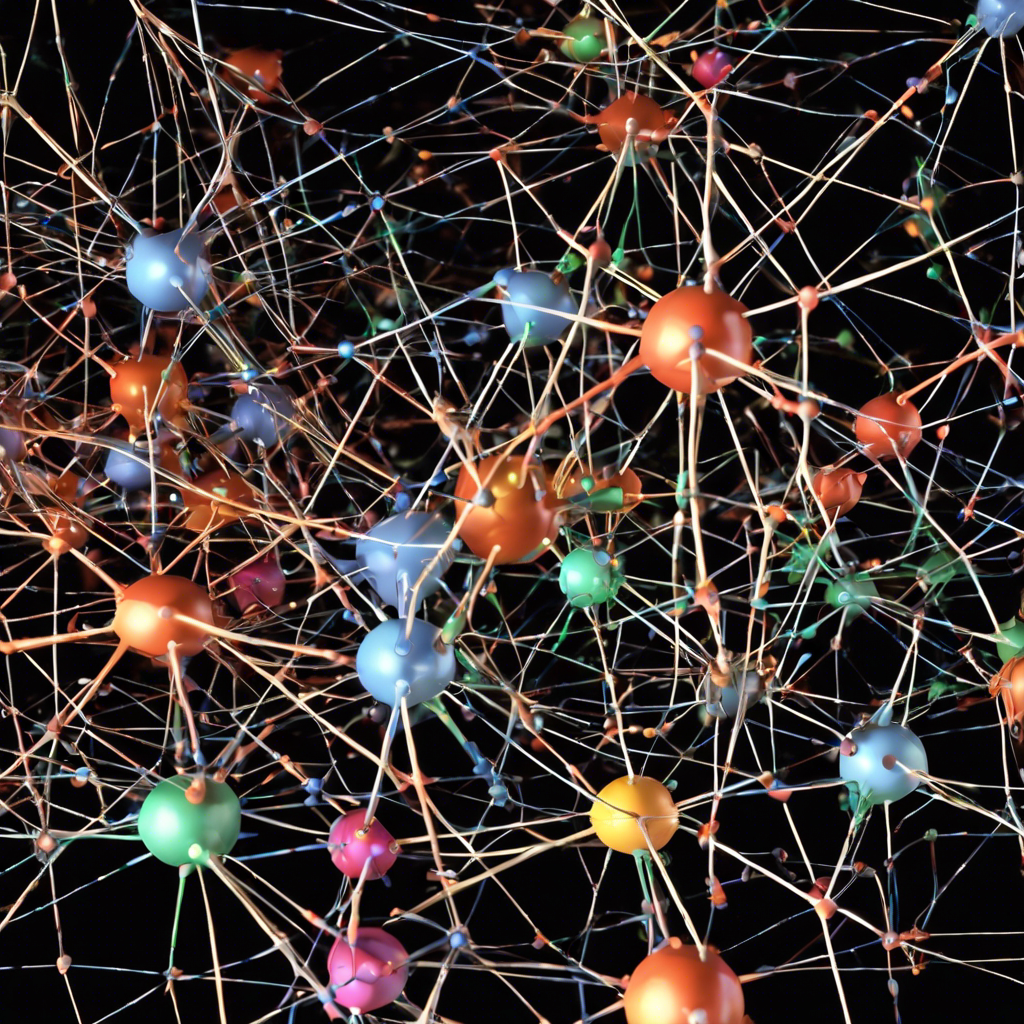Researchers Develop a High-Dimensional Geometric Approach to Identify Key Genes in Genetic Networks
A team of researchers led by mathematics professor Michael Joswig from Berlin has introduced a groundbreaking mathematical modeling concept for understanding genetic interactions in biological systems. By collaborating with biologists from ETH Zurich and Carnegie Science, the team has successfully identified master regulators within the context of an entire genetic network. Their findings, published in the Proceedings of the National Academy of Sciences, provide a theoretical framework for analyzing biological networks and offer new insights into the control and regulation of essential cellular processes.
Unveiling Master Regulators in Biological Networks:
For decades, biologists have sought to identify the key genes and species that play a crucial role in evolution, ecology, and health. Previous studies have primarily focused on pairwise interactions within genetic networks, often influenced by genetic background or biological context. However, the Berlin research team has taken a more comprehensive approach, considering higher-order interactions within the entire network. This approach allows them to identify master regulators—genes that exert significant control and influence over essential cellular processes.
The Concept of Epistasis and High-Dimensional Geometric Modeling:
To investigate genetic interactions, the researchers analyzed real data sets provided by biologists studying the life expectancy of fruit flies. They applied a high-dimensional geometric approach, inspired by the concept of epistasis—an interaction phenomenon between different genes. By mapping biological information using fitness landscapes and quantifying epistasis, the team explored how individual genes and species influence interactions within the biological network. The resulting 5-dimensional data sets were analyzed and graphically presented.
Identifying Relevant Signals and Master Regulators:
The team’s innovative approach allowed them to represent fitness landscapes as an epistatic filtration of the network, enabling the identification of relevant signals in higher dimensions. This method provides a coherent theoretical framework for analyzing biological networks and offers a powerful tool for identifying master regulators. By deciphering how individual genes and species influence interactions within the broader network, the researchers have shed light on the control mechanisms underlying complex biological systems.
A Coherent Theoretical Framework for Analyzing Whole Networks:
The researchers demonstrated the effectiveness of their method by analyzing a fruit fly experiment involving five different gene types or bacteria. Each genotype comprised a combination of 32 genes, and the data set served as the basis for understanding the fly’s life expectancy. Importantly, the new method’s coherent geometric superstructure allows for flexible detection and description of deviating scenarios, which was previously unattainable using separate evaluations for each experiment.
Future Applications and Implications:
While the study focused on fruit flies, the researchers hope to apply their quantification method to humans in the future. However, due to the vast number of bacteria in the human gut, this remains a challenge. Nevertheless, the team envisions future developments using simpler methods and classic transformation processes that could pave the way for applications such as the development of customized drugs. By providing a deeper understanding of genetic networks, this research opens up new possibilities for personalized medicine and targeted therapies.
Conclusion:
The groundbreaking research conducted by the Berlin mathematics professor Michael Joswig and his team offers a novel approach to understanding genetic interactions in biological systems. By considering higher-order interactions within the entire network, the researchers have identified master regulators—genes that exert significant control over essential cellular processes. Their high-dimensional geometric modeling provides a coherent theoretical framework for analyzing biological networks and offers a powerful tool for deciphering the complex mechanisms underlying genetic regulation. As further developments and applications emerge, this research has the potential to revolutionize personalized medicine and contribute to the development of targeted therapies based on an individual’s genetic makeup.











